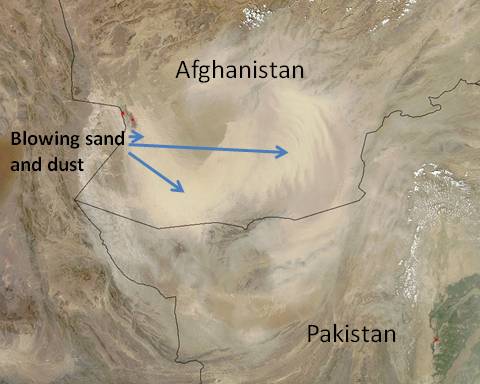 |
| Outside the Opera House |
 |
| Major intersection near the Nile |
 |
| Mural on Road 9, the main street of Maadi (close-ups of this mural are below). |
 |
| The "evil eye" is a symbol to protect against jeolousy so one doesn't covet things belonging to others. |
 |
| Sculpture outside of the Egyptian Museum. (Below is a broader view of the same.) |
 |
| Statue near Tahrir Square, home of the main government building said to be home to a thousand offices. |
 |
| The Metro at the Opera Stop. (The mural below is at the same metro station.) |
I read that ancient Egyptians believed that art should show them with all limbs visible; they believed if one or more limbs were not visible, then the person who had died would come back to live without that limb. The result is that two dimensional art shows a somewhat stylized look that is part silhouette and part frontal view.
 |
| Cameron at the Fish Gardens. |
I found this video on YouTube discussing a children's art program in Egypt. If you click on it twice you'll be directed to the YouTube video where you can watch it with the full screen.
Below is a mural of children's art at the busiest metro station downtown, Sadat. If you click on the photo, it becomes larger, then you can click on the magnifying glass and see details.
One of the big stories when we arrived was about the theft of a valuable Van Gogh painting from a Cairo art museum. Here's the painting, Poppy Flowers, worth $55 million:
After it was stolen this past August, the deputy culture minister who was also the head of the fine arts dept. with an office in the museum was charged criminally for negligence with regard to the theft. Here's an article about the story.
On a different topic, the Opera House in Cairo is a gem of a resource for celebrating the arts. Jeff, Cameron and I really enjoyed attending a wonderful ballet production of Zorba the Great last month. We got balcony seats for 30 pounds each (about $6). Cameron was transfixed by the dancing and music.
The Opera House is very elegant. It reminds me of the Kennedy Center in D.C.
The bottom photo is of one of the many beautiful sculptures outside of the Opera House. I took this photo the night we went to the ballet.




































































